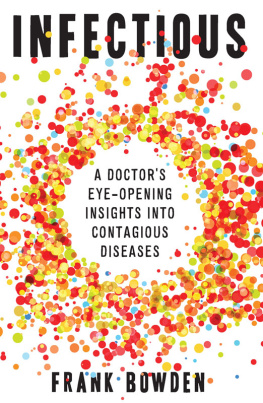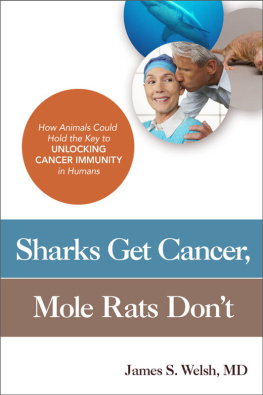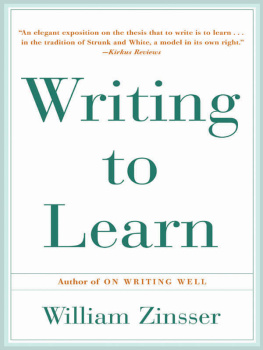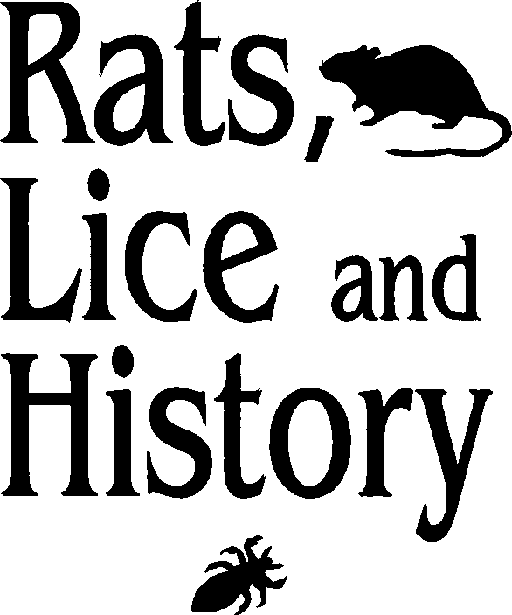Hans Zinsser
With a new introduction by Gerald M. Grab
Transaction Publishers
Dew Brunswick (U.S.A.) and London (U.K.)
First E-Book Publication 2010
New material this edition copyright 2008 by Transaction Publishers, New Brunswick, New Jersey.
All rights reserved under International and Pan-American Copyright Conventions. No part of this book may be reproduced or transmitted in any form or by any means, electronic or mechanical, including photocopy, recording, or any information storage and retrieval system, without prior permission in writing from the publisher. All inquiries should be addressed to Transaction Publishers, RutgersThe State University of New Jersey, 35 Benue Circle, Piscataway, New Jersey 08854-8042. www.transactionpub.com
This book is printed on acid-free paper that meets the American National Standard for Permanence of Paper for Printed Library Materials.
Library of Congress Catalog Number: 2007043683 E-ISBN: 978-1-4128-1571-0 ISBN: 978-1-4128-0672-5 (paper)
Printed in the United States of America
Library of Congress Cataloging-in-Publication Data
Zinsser, Hans, 1878-1940.
Rats, lice, and history / Hans Zinsser. p. cm.
Originally published: Boston: Printed and Pub. for the Atlantic Monthly Press by Little, Brown, and Company, 1935.
Includes bibliographical references and index.
ISBN 978-1-4128-0672-5 (alk. paper)
1. Typhus feverHistory. 2. Rats as carriers of diseaseHistory.
3. Lice and carriers as diseaseHistory. 4. EpidemicsHistory. I. Title [DNLM: 1. Lice Infestationshistory. 2. Typhus, Epidemic Louse-Borneepidemiology. 3. Disease Outbreakshistory. 4. Licemicrobiology.
5 Liceparasitology. 6. Ratsmicrobiology. 7. Ratsparasitology.
WC 605 Z78r 1935a]
RC 199.1.Z54 2008
614.5'262dc22
2007043683
This hook is dedicated in afectionate friendship to Charles Nicolle, scientist, novelist, and philosopher
When Rats, Lice and History appeared in 1935, Hans Zinsser was a highly regarded Harvard biologist who had never written about historical events. Although he had published poetry under a pseudonym, virtually all of his previous writings had dealt with infections and immunity and had appeared either in medical and scientific journals or in book format. That he is remembered today as the author of a historical work that has gone through multiple editions and has received an enthusiastic public reception is a testament to his wide-ranging interests.
Who was Hans Zinsser? He was born in New York City in 1878. Both of his parents had migrated to the United States from Germany and shared the enlightened liberalism characteristic of mid-nineteenth-century Europe. His father, although poor, became a successful industrial chemist, and he and his wife created a household in which education and culture were highly valued. Eight years younger than his three brothers, young Hans received the kind of care usually lavished on an only child. A home in rural Westchester County permitted him to pursue out-of-door activities, and he acquired a proficiency in horsemanship that was to last his entire life.
For the first ten years of his life he was schooled at home, where German was the spoken language. He then was sent to a private school in New York City and received a classical education that emphasized the liberal arts. At an early age Hans developed a love of poetry that he sustained in later life even though science was his chosen field; he also was proficient in several other languages, including French, and was well versed in literature and philosophy. At the age of seventeen he entered Columbia College hoping to study literature and become a writer. In his junior year the Spanish-American War broke, and Zinsser enlisted, although the conflict was over before his unit completed its training. Upon his return to Columbia he took a course in biology. Inspired by two of his teachers, he decided to study biology. At the end of his junior year he joined a paleontology expedition to study fossils in the American West, and then spent another vacation in Paris. In many ways he was more European than American in his outlook, and throughout his life read widely in literature and philosophy. He was one of a small group of classically trained individuals who subsequently turned to a career in science and medicine.
His interest in biology led him to turn to medicine, perhaps because of his desire to produce knowledge that served a practical purpose. In 1899 he graduated from Columbia, and entered the College of Physicians and Surgeons. While in medical school he wrote a thesis on the early embryology of the mouse and did work in bacteriology. For this he received an M.A. at the same time that he was awarded his M.D. degree from Columbia in 1903.
The newly credentialed physician entered his profession at an exciting time. At the turn of the century, American medicine was beginning to undergo a profound transformation. The creation of the modem hospital, the reform of medical education, and the growing importance of bacteriological findings about the etiology of infection, and the corresponding emphasis on antiseptic procedures all contributed to the heightened status of scientific medicine and a nascent belief that human beings could overcome the diseases that had long plagued humanity. Zinssers first experiences as a physician came during a two-year internship at Roosevelt Hospital on the west side of Manhattan, an area more commonly referred to as Hells Kitchen. There he had to manage gunshot and knife wounds as well as deliver infants in crowded and unhygienic tenements, an experience that led to him empathize with those who faced deprivation and poverty.
Following his internship, Zinsser set himself up with another physician in private practice. Yet, as he admitted in his autobiography, his heart was never in practice. From the very beginning he hoped for a position at the College of Physicians and Surgeons. While in private practice he received an unpaid appointment as assistant bacteriologist at Columbia, and at the same time accepted a position as assistant pathologist at a local hospital for which he received $400 per annum. In 1908 his ambition was fulfilled when he received a full-time appointment as instructor in bacteriology, whereupon he abandoned the practice of medicine. His true career, he recalled, had begun. Much of his initial research was in collaboration with colleague Philip H. Hiss. Their Textbook of Bacteriology, for which Zinsser did most of the writing, appeared in 1910 and was regarded as one of the most authoritative books of its kind. By the time of Zinssers death in 1940, it had gone through no less than eight editions.
In 1910 Zinsser was offered a position as associate professor of bacteriology and immunology at Stanford University. He accepted the offer and the following year became a full professor. The three years that he spent in Palo Alto were happy and productive ones. He authored a series of articles dealing with infectious diseases and immunology that added to his growing reputation. In 1914, his Infection and Resistance appeared, a book that also went through five editions during his lifetime. In 1913, he returned to Columbia where he spent the next ten years. Between 1914 and 1916, he, together with several collaborators, published extensively on the treponema pallidum, the pathogen responsible for syphilis as well as the problems of immunity to this disease in animals. His hope was to find a method for immunization against syphilis. Although he did not succeed in this effort, he shed light on the differences of properties of spirochetes in cultures and virulent ones from humans. Unlike many contemporaries, he rejected the claim that to abandon reticence in regard to syphilis would undermine public morality, and he believed that open discussion of the disease would have beneficial results.










